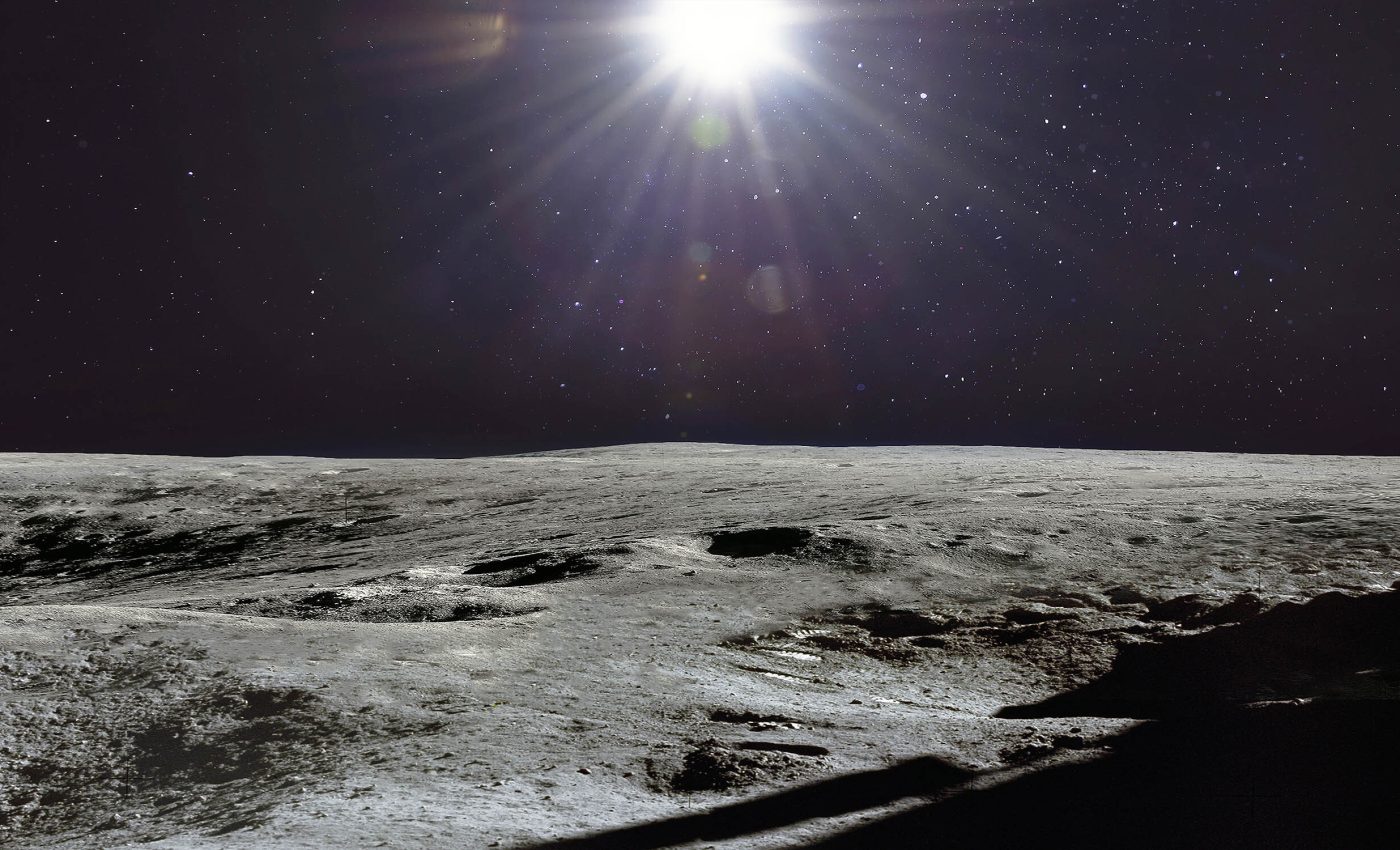
Experts are searching for viable sources of water on the Moon
As humanity strives to establish communities on the Moon, Mars, and beyond, the fundamental problem of how to maintain life remains paramount. The solutions revolve around supplying oxygen, food, and water.
While it has been established that water exists on the Moon, pinpointing its precise locations presents a formidable challenge. Could it be within craters, permanently shadowed areas, or near the poles?
Answering these questions is essential for ensuring that astronauts can successfully inhabit the Moon.
A recent study by researchers at the University of California San Diego (UC San Diego) might help transform this vision into reality by guiding upcoming space missions, including NASA’s Artemis program, which aims to thoroughly explore and ultimately settle on the Moon.
A legacy rooted in lunar analysis
Study lead author Maxwell Thiemens is a research fellow at Vrije Universiteit Brussel and an alumnus of the Scripps Institution of Oceanography. He conducted the study with his father, Mark Thiemens, a professor of chemistry and biochemistry at UC San Diego.
Their contributions build upon UC San Diego’s historical connections to lunar research. In 1967, Nobel Laureate Harold Urey and James Arnold, both at UC San Diego’s Department of Chemistry, were among the earliest scientists to receive Apollo 11 lunar samples.
Urey was one of the first to theorize the presence of lunar water, particularly within the permanently shadowed polar regions.
Where did the Moon get its water?
Contemporary scientific understanding suggests that lunar water could stem from one of three primary origins. First, it may be indigenous to the Moon.
Another theory is that lunar water was created by solar winds, where hydrogen from the Sun reacts with lunar oxygen under high energy. The third possibility is that the water was deposited by icy comets that crashed onto the lunar surface.
Just as civilizations on Earth have historically settled near dependable water supplies, any permanent lunar presence will hinge on identifying and understanding the Moon’s water sources.
Extracting water from lunar rocks
Seeking to clarify where and how lunar water forms, Morgan Nunn Martinez (formerly a UC San Diego graduate student) conducted an analysis of small rock samples obtained during the Apollo 9 mission in 1969.
While it might seem improbable for rocks to host measurable amounts of water, a process called thermal release makes it possible. During this process, lunar specimens are heated to three temperature levels – 50°C, 150°C, and 1,000°C – to free water molecules embedded within the rock.
In the case of low-temperature releases (50°C, 150°C), lightly bound water molecules that are loosely attached to the rock are able to escape.
On the other hand, in a high-temperature release (1,000°C), tightly bound water molecules, lodged deep within the rock’s structure, are liberated. Surprisingly, the rock samples were found to be relatively “wet.”
After the molecules are driven off as water vapor, they are collected and purified until only oxygen remains.
Scientists then measure the composition of the three oxygen isotopes in the sample – valuable for identifying both the origin and the time frame of the water.
Origins of water molecules
In much the same way that every person has a distinct fingerprint, celestial bodies like comets and the Sun possess characteristic isotopic signatures.
By comparing the oxygen isotope ratios against those known signatures, researchers can pinpoint where the water molecules came from.
The results of the rock analysis indicate that most of the Moon’s water likely formed within the Moon itself or arrived through comet collisions, not primarily via the solar wind. This challenges earlier assumptions that solar wind interactions might be a dominant water source.
Human presence on the Moon
The findings offer critical insights to agencies such as NASA, which intends to establish a sustained human presence on the Moon through the Artemis program.
Determining water’s precise locations and its most likely origins will help mission planners decide where best to set up long-term habitation.
“This kind of work hasn’t been done before and we think it can provide NASA with some valuable clues about where water is located on the moon,” Mark Thiemens said. “The real goal of Artemis is to get to Mars. Our research shows that there is likely at least as much water on Mars as on the moon, if not more.”
Practical challenges and future innovations
Although finding and analyzing lunar water sources marks a major step, effectively extracting and utilizing water to support human communities on the Moon is another challenge entirely.
Researchers will need to develop robust technology for large-scale water extraction, as well as systems to ensure that the water is potable or otherwise suitable for use in life support.
Questions such as whether the water requires purification and how to store it in sufficient quantities remain to be addressed. These solutions will be pivotal for enabling off-planet growth, ultimately extending beyond the Moon to Mars and other parts of the solar system.
Significance of the study
By identifying the potential locations and likely origins of lunar water, this study paves the way toward human settlements on the Moon, an idea once confined to science fiction.
Through the synergy of advanced isotopic measurements, decades of lunar rock analysis, and forward-looking mission planning, researchers and space agencies are inching closer to making lunar colonization a reality.
Armed with fresh scientific data and improved extraction techniques, future explorers may soon find themselves sustainably living on the Moon.
The study is detailed in a special issue of the journal Proceedings of the National Academy of Sciences (PNAS) under the theme “Water on the Moon and Mars.”
—–
Like what you read? Subscribe to our newsletter for engaging articles, exclusive content, and the latest updates.
Check us out on EarthSnap, a free app brought to you by Eric Ralls and Earth.com.
—–













